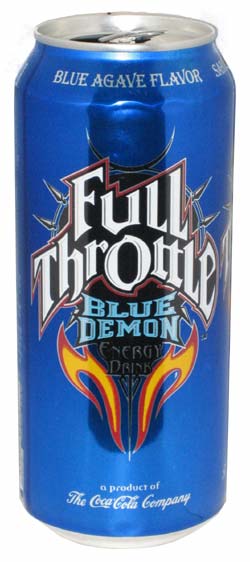

The commercial success of sucralose-based products stems from its favorable comparison to other low-calorie sweeteners in terms of taste, stability, and safety. Therefore, it can be used in baking or in products that require a long shelf life. Evidence of benefit is lacking for long-term weight loss with some data supporting weight gain and heart disease risks.It is stable under heat and over a broad range of pH conditions. Sucralose is about 320 to 1‚000 times sweeter than sucrose, three times as sweet as both aspartame and acesulfame potassium, and twice as sweet as sodium saccharin. It is produced by chlorination of sucrose. In the European Union, it is also known under the E number E955. The majority of ingested sucralose is not broken down by the body, so it is noncaloric. Sucralose: Sucralose is an artificial sweetener and sugar substitute.


 0 kommentar(er)
0 kommentar(er)
